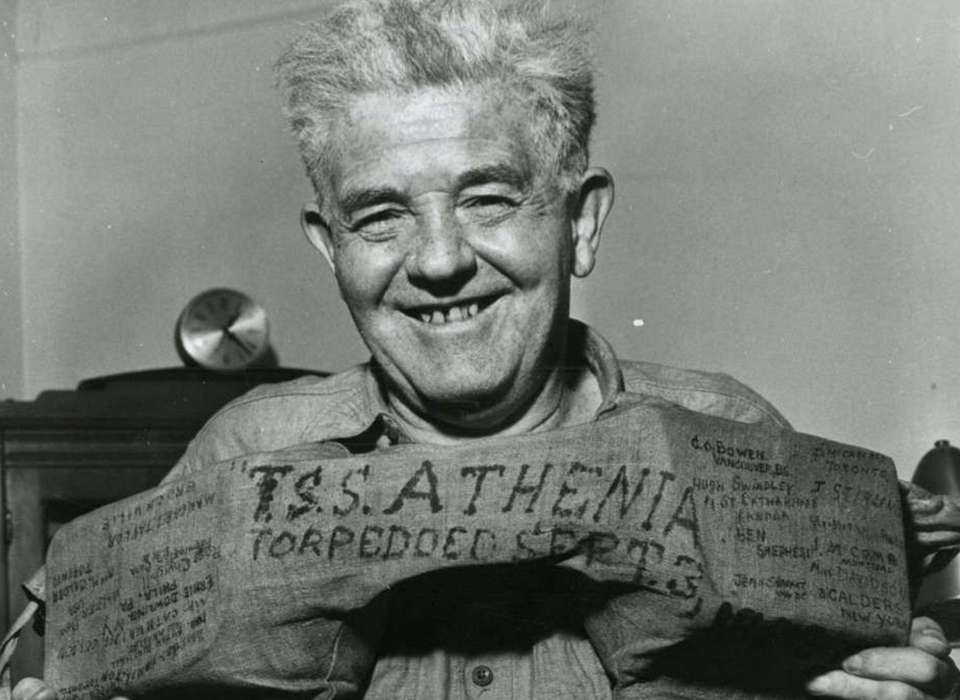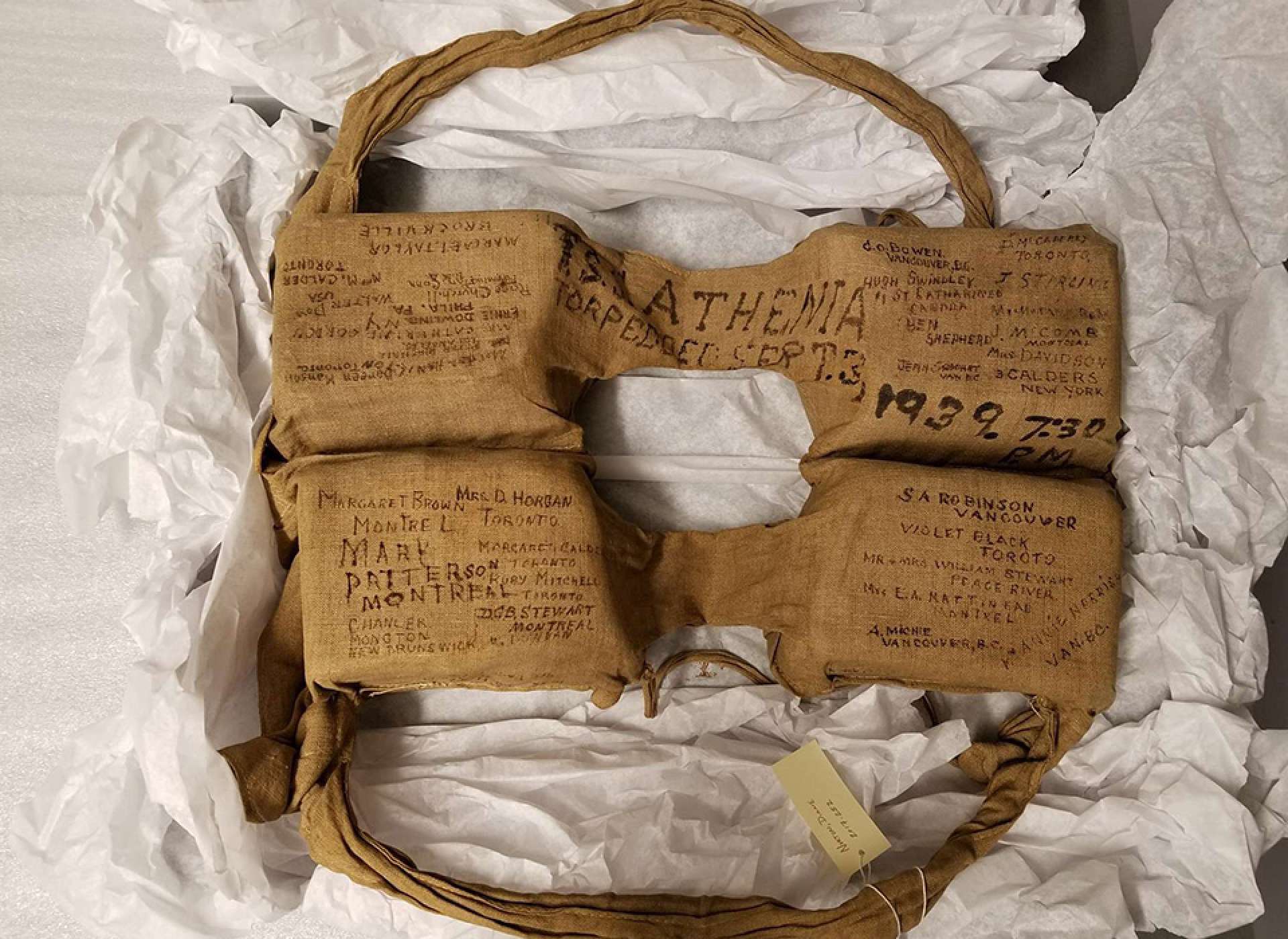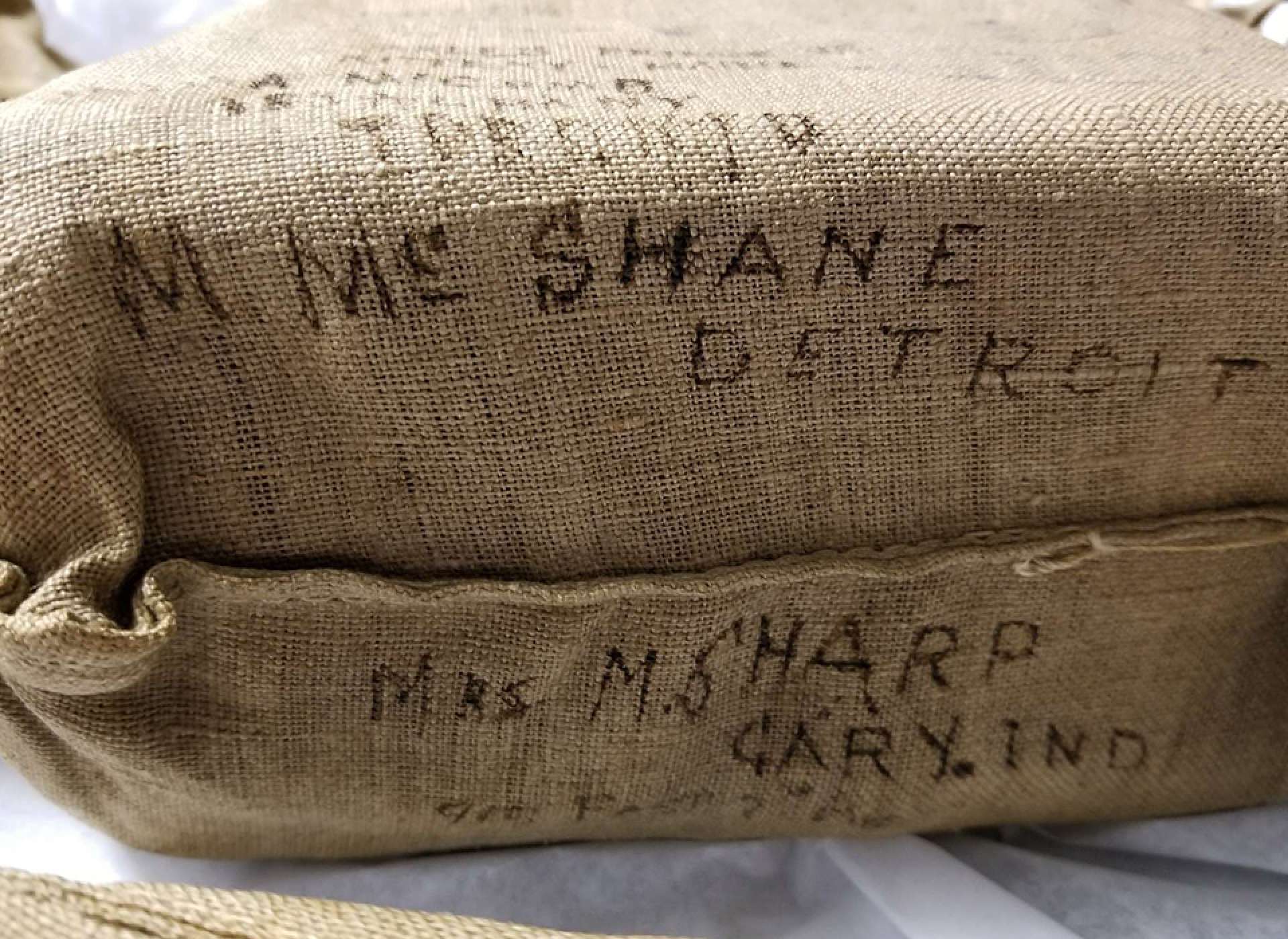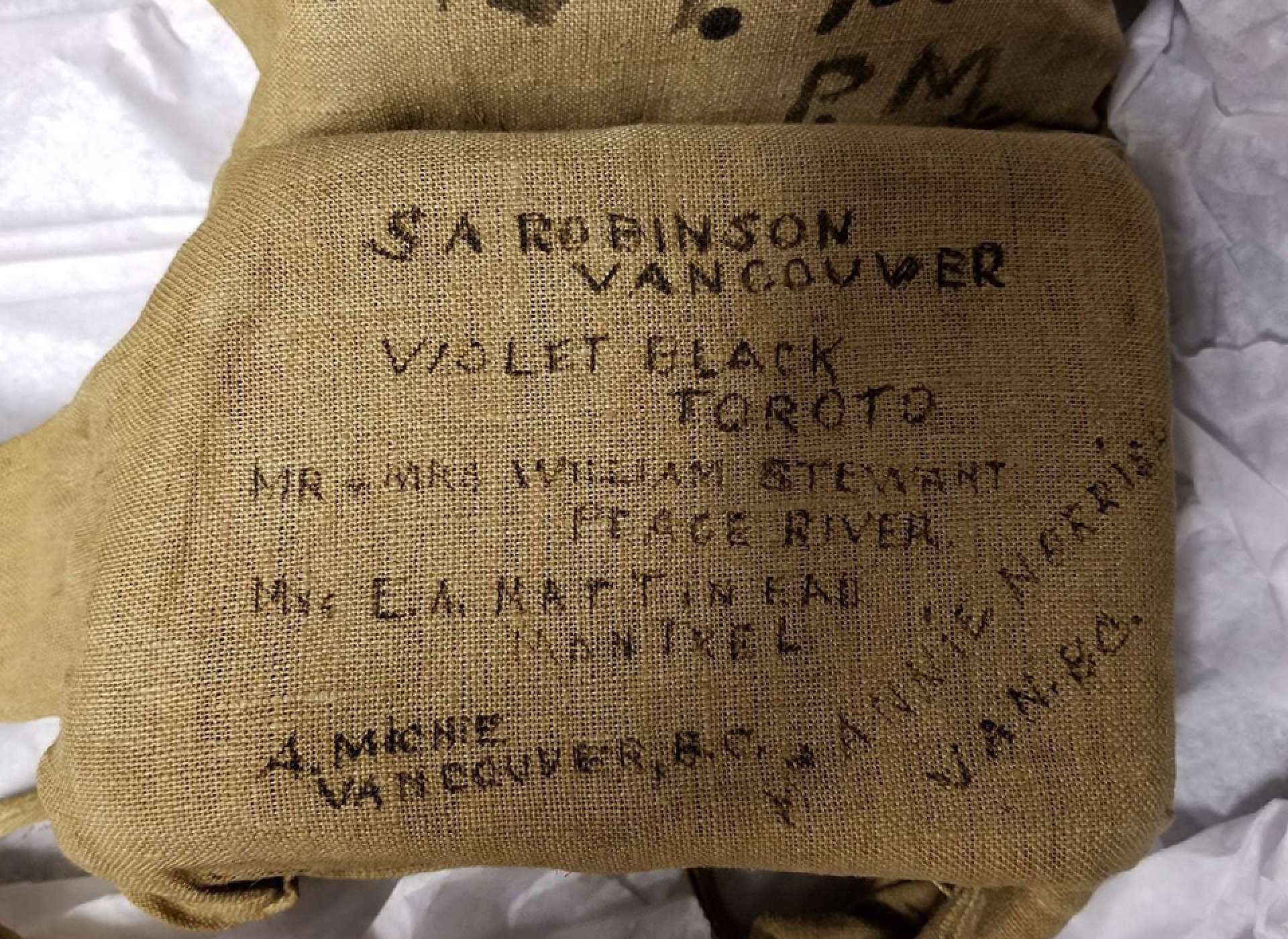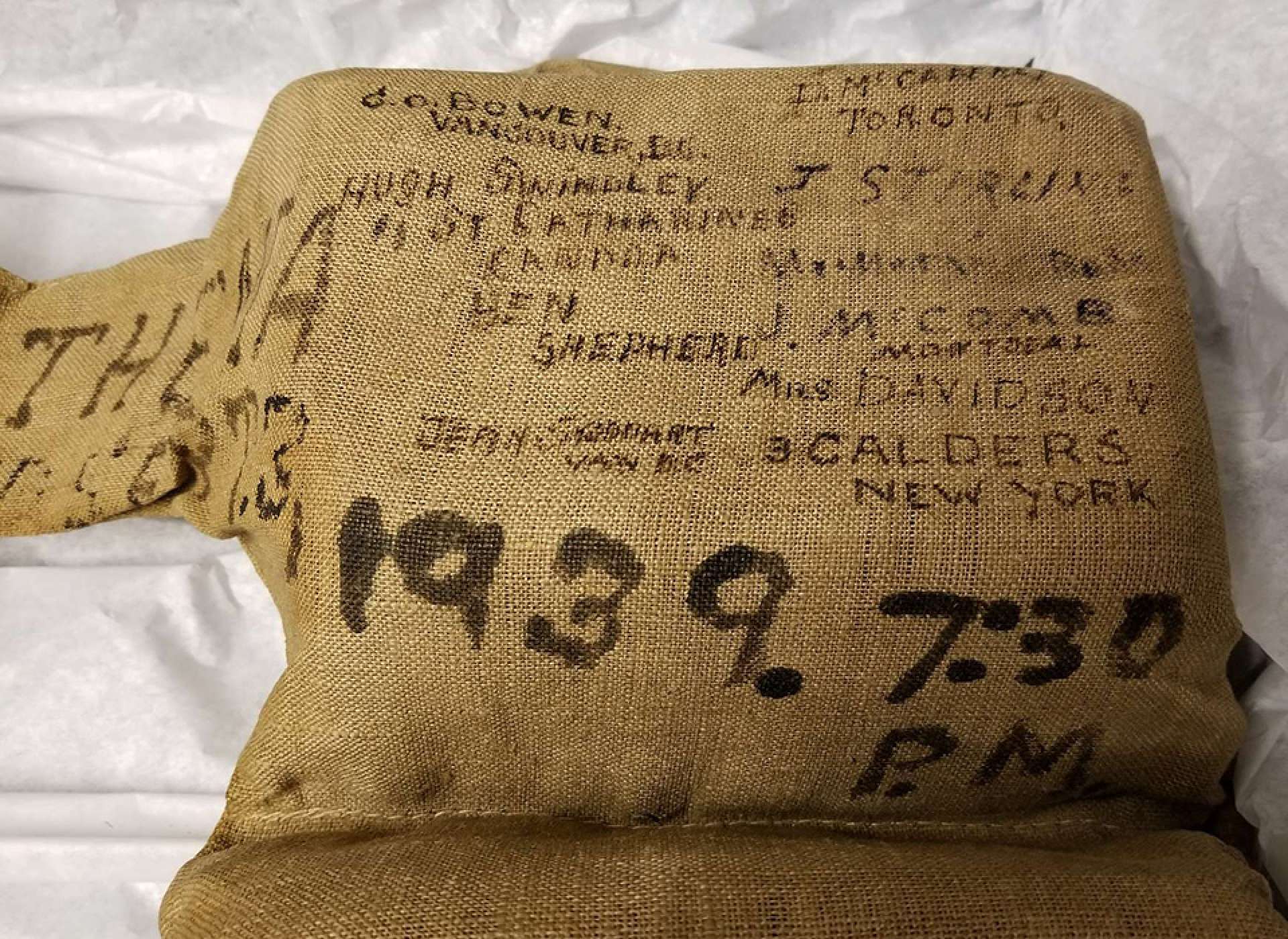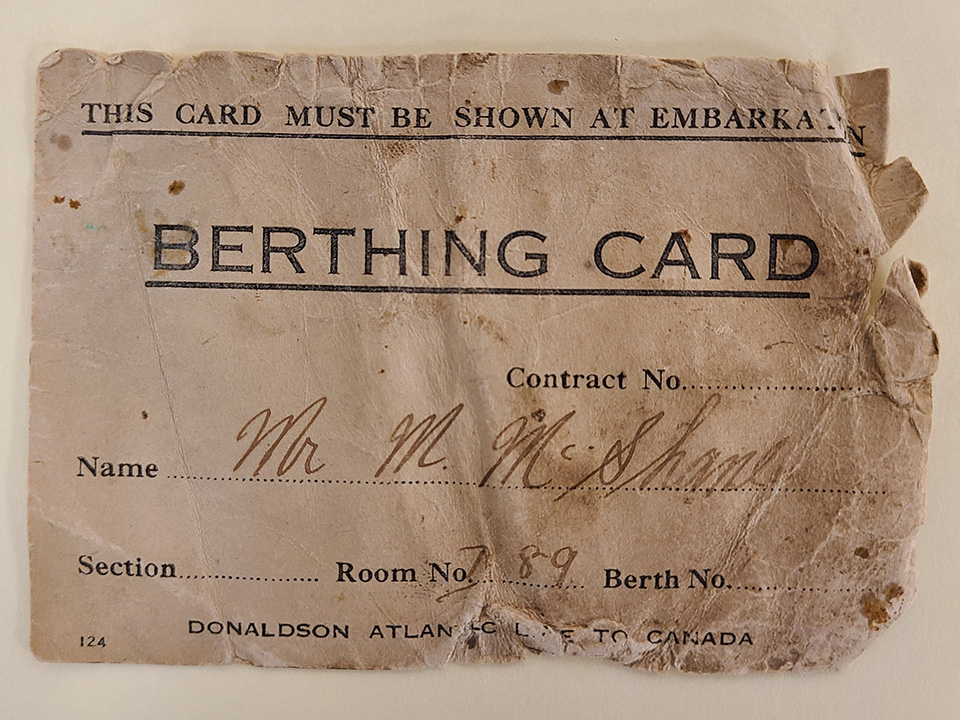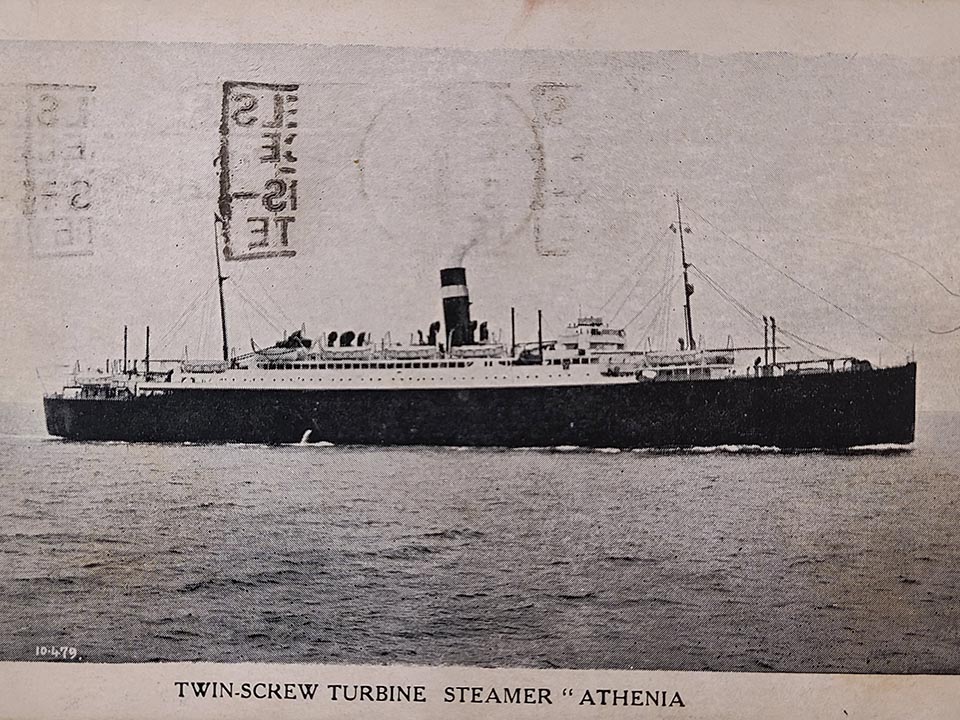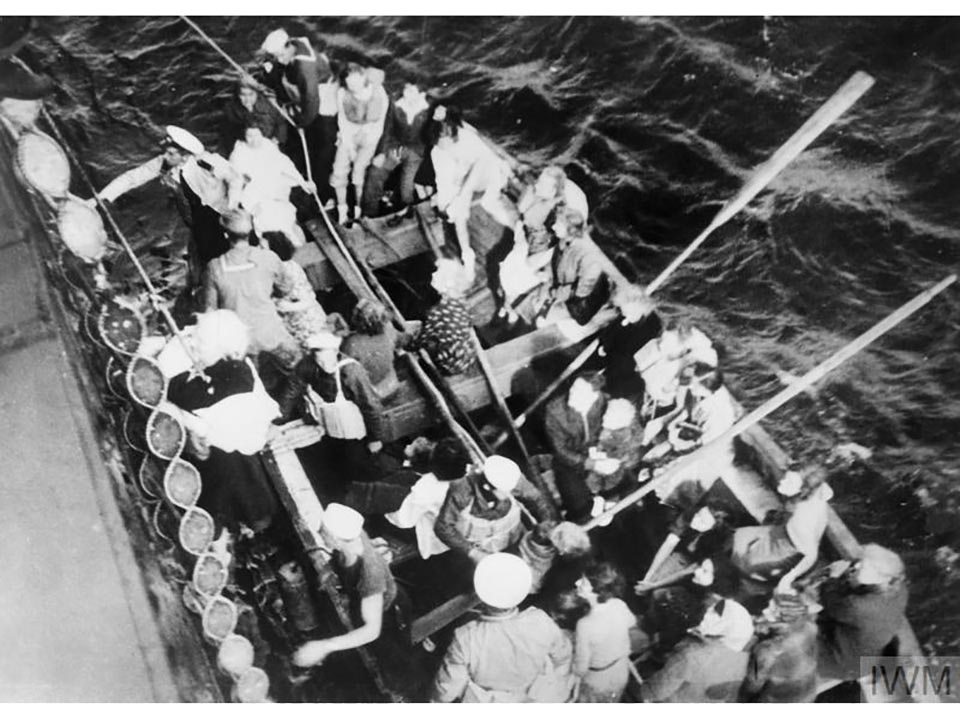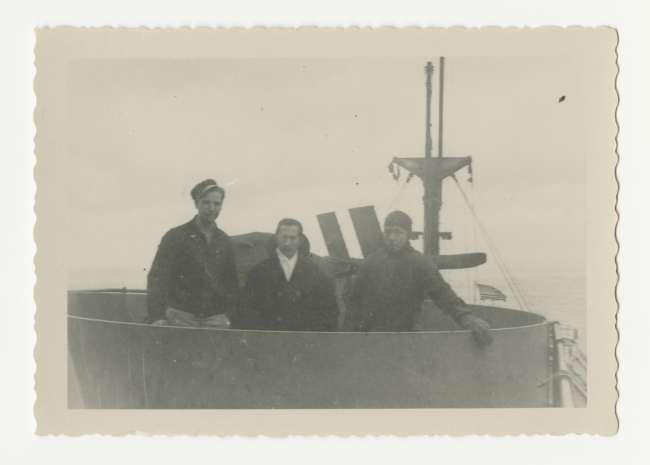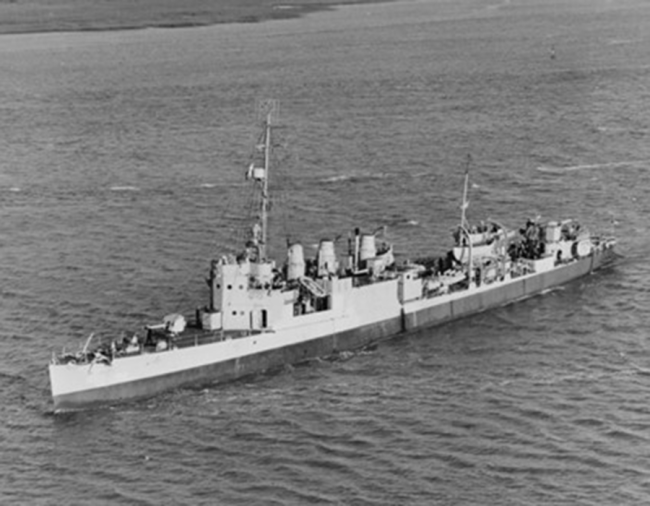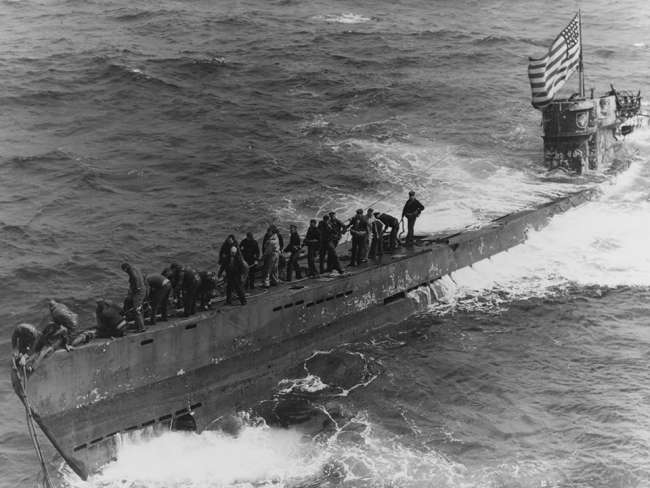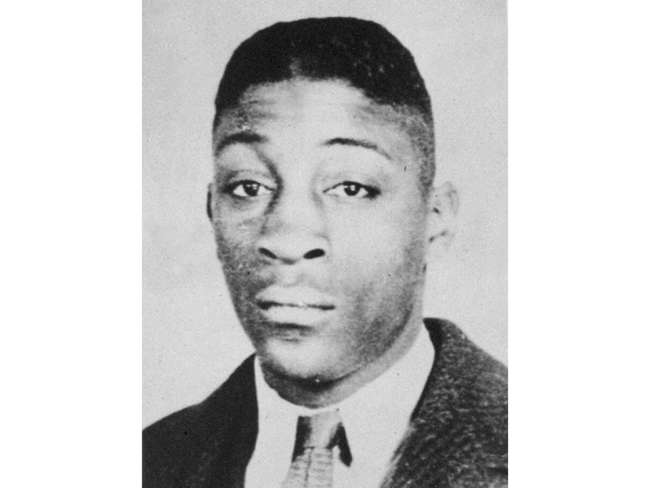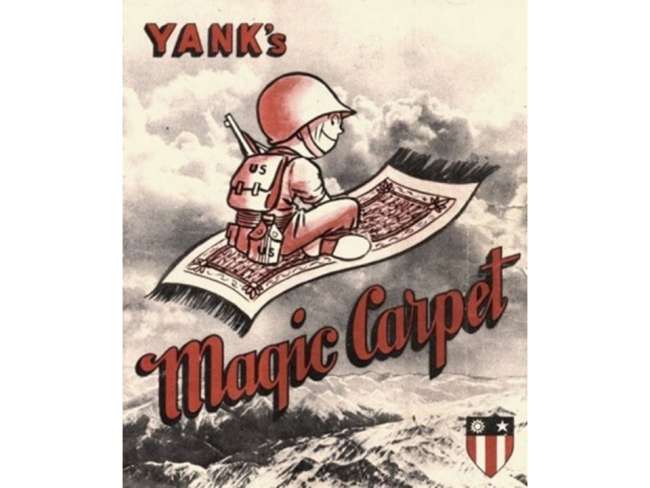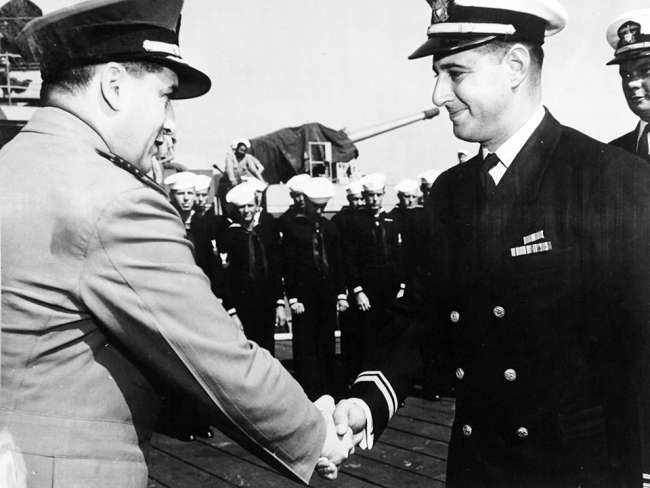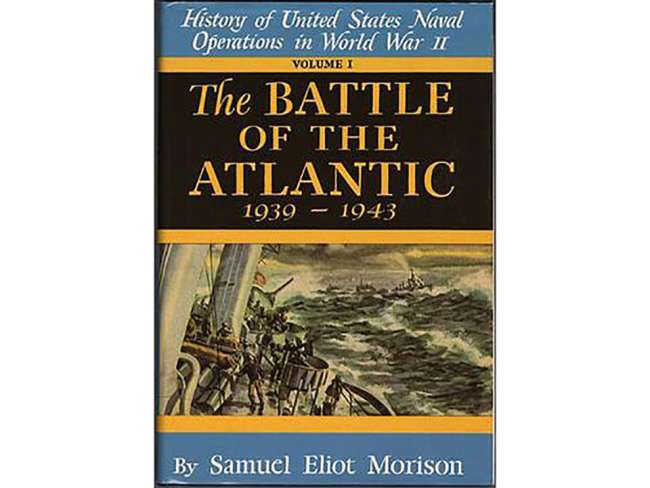Call it fate, coincidence, predestination, or just bad luck, somehow Michael McShane ended up on the British passenger liner SS Athenia during the first few days of September 1939. McShane was returning across the Atlantic to his home in the United States as world events were spinning out of control. Politicians were posturing, militaries were preparing, and almost every living citizen in Europe began to feel the fear and uncertainty not felt since Flanders’s fields were sewn with the blood of an entire generation just over 20 years before. Gas is often the most remembered fear of the First World War. Elemental feeling, seemingly unstoppable, it was carried by a gentle wind changing it from a peaceful breeze to a deathly whisper. On land the word gas could easily replace fear in all uses. On the sea that word was “torpedo.” Carried by the “underwater menace,” the torpedo was the principle weapon of the submarine—or as it was called in the German Navy, the U-boat. These events and modern weapons, through purpose or fate, conspired to place an Irish American man in a fight for survival during the first major event of World War II in Europe.
A few years ago I wrote about the lifejacket of Michael McShane, a one-of-a-kind artifact that was donated to The National WWII Museum by McShane’s daughter. As with many of the pieces in our collection, this artifact arrived with a trail of provenance that was based on a few photos (taken after the sinking of the Athenia) and word of mouth—a story told within the family. Immediately I knew what this artifact was and what it meant, however, as with most of our artifacts I would never have the pleasure of meeting Mr. McShane and speaking to him about his experiences. The result made interpreting this artifact similar to the introductory paragraph of this article—broad, broad strokes—setting the stage for the artifact and the person it is associated with before diving into what specifics are known. Bridging this disconnect between the person and event to the modern audience is the primary function of what I do as a curator. I seek to interpret history and artifacts based on the available information without stretching the truth or inventing emotions.
Sometimes this information is complete, most of the time I have to seek out as much as possible to be able to piece the story together. Even less frequently during this process you find new, more complete information. In this case, a typed account told by McShane of the events that transpired, sent to me by his daughter just this summer. This account is as close as I can get to speaking to the man, and in its brief, matter-of- fact delivery, it tells enough about his experience to alter how I would have written the previous piece about the life jacket and away from the grand introduction paragraph above. With this new information in hand, the following is a completely different approach to the same subject, something that often happens in my line of work.
-

The lifejacket Michael McShane wore when he abandoned the sinking SS Athenia. This was a standard civilian lifejacket for the time, consisting of cork floating blocks held together by canvas. The Wearer placed their head through the hole in the center of the lifejacket. McShane had fellow survivors sign their names. Gift in Memory of Michael McShane, 2017.252.001.
-

Michael McShane’s signature and hometown on his lifejacket. Gift in Memory of Michael McShane, 2017.252.001.
-

Signatures of fellow survivors aboard the SS City of Flint. The majority of passengers traveling on the Athenia were Canadian citizens. Gift in Memory of Michael McShane, 2017.252.001.
-

McShane recorded the date and time of the torpedo striking the Athenia on his lifejacket. Gift in Memory of Michael McShane, 2017.252.001.
The lifejacket itself is a rather mundane piece of equipment on a passenger ship. Similar to the kicker on a football team, it waits on the sideline until needed—and when needed it is under a lot of pressure to perform properly. Although lifejackets existed long before the G7a torpedo launched by U-30 caved in the hull of SS Athenia, the abundance of lifejackets she carried aboard can be attributed to another disaster. When the RMS Titanic struck an iceberg in the North Atlantic in 1912, resulting in the deaths of over 1,500 passengers, a number of “why” questions were asked. Why was the ship traveling so fast? Why did they ignore ice warnings? Why were there not enough lifeboats? After the shock of the sinking had settled in, changes were instituted in response to the ultimate question of why had so many people died? The answers resulted in sweeping reforms, mostly codified in the International Convention for Safety of Life at Sea in 1914—an agreement still in use today—requiring more lifeboats, safety equipment, drills, and radio procedures on passenger and merchant vessels.
By September 1, 1939, the day the SS Athenia sailed for the United States, these rules had brought about real change. Athenia was loaded with lifesaving equipment. Sailing with 1,418 passengers and crew, the ship was equipped with 1,600 lifejackets and 26 lifeboats capable of carrying over 1,800 passengers. For an added measure of safety, there were 21 Gradwell floats and 18 life buoys. Each cabin, including the temporary spaces converted to carry extra passengers, contained a lifejacket for each soul. Upon boarding, passengers were required to perform a lifeboat drill—learning the location of their assigned lifeboat as a practice for any emergency. No one ever planned on actually using this equipment—and no one planning their use expected the cause to be anything more than a maritime accident.
Michael McShane was a man just trying to get back to his family. He had recently won prize money in the Irish Sweepstakes, a lottery that provided funding to hospitals. McShane had traveled to his native Ireland to collect his winnings and to visit relatives. However, with war clouds quickly forming over Europe it was soon time to return home to his family in Detroit, Michigan. McShane was lucky to get passage on the Athenia. The British government had already begun requisitioning passenger liners for conversion to troop ships or armed merchant cruisers. Cancellations were becoming more frequent as thousands sought to get to the relative safety of North America, only to have their ship handed over to the government. According to accounts, this added to an already high level of anxiety aboard the ship.
In the days leading up to the sailing on September 1, 1939, the news was full of headlines about ultimatums being issued between countries, while local preparations for war were beginning. Before leaving the final stop at Liverpool, Captain Cook went to the Admiralty Building to ask for any updates for sailing instructions in the event war broke out. Since August 25, 1939, the Trade Division of the Admiralty had been directing the sailing routes of all merchant ships. As Cook returned to the Athenia, he brought a few updates to the already altered sailing routes, including a diversion 30 miles further north than his originally planned route, and news that Germany had invaded Poland.
The boarding pass carried by Michael McShane during his short time on the SS Athenia. The National WWII Museum, Gift in Memory of Michael McShane. 2017.252.
Upon arrival, Michael McShane presented his boarding pass and went to his assigned cabin, # D 89, deep within the Athenia, on the lowest passenger deck. The Athenia was designed to provide people that could not afford first class accommodations with a more comfortable trip across the Atlantic. Containing only second and third-class cabins, the ship was equipped with a number of dining rooms, sitting rooms, bars, libraries, and smoking rooms to give lower paying fares the luxury often associated with transatlantic passenger liners. A few of these spaces had been converted to bunk rooms to fit additional passengers. However, the ship still maintained most of the easy-going family reputation it had maintained since entering service in the early 1920s. Due to the large passenger compliment, meal times were divided into three separate sittings. Each cabin was assigned a dining room and time to report for meals. Stewards and Stewardesses were on hand to care for the needs of all passengers. Messmen prepared and served the meals while the crew went about the business of operating and maintaining a transatlantic passenger liner.
Post card from Michael McShane showing a broad side view of the SS Athenia. Originally commissioned in 1922, the Athenia was part of the Donaldson line and made a regular passage between the United Kingdom and Canada. The National WWII Museum, Gift in Memory of Michael McShane, 2017.252.
McShane’s typed account of his experience during the sinking of Athenia only addresses what happened as the evacuation began. We still do not know what he did during his first two days aboard or where he was when the torpedo hit. What we can say about his experience is the ship operated in a business-as-usual manner for September 2, and most of September 3, with the exception of the black-out regulations imposed by the captain at night. Of the 1,102 passengers aboard, McShane was part of two small groups: he was a citizen of the United States and he was male. There were only 311 Americans on the Athenia, and even though this had no effect on their treatment or really anything aboard ship, it became very important after the sinking when Germany and England thought back to World War I, when the torpedoing of passenger liners by U-boats killed American citizens and brought the United States into the war. The second small group he was a part of was being male. Including the crew, the ship was three quarters women and children. This would have a much more local effect later when it came time to row boats after abandoning ship.
The torpedo struck at about 7:30 in the evening during the second dinner sitting. Part of a spread of torpedoes fired by U-30 from 1,600 yards, the explosion suddenly and violently rocked the Athenia on the port (left) side near the engine room.
In this moment she became the first ship torpedoed in the West during World War II—the full declaration of war was only hours old at this point.
The explosion instantly flooded the engine room, killing the crew to the man. Dozens of passengers, mostly women and children, were killed when their cabins were smashed and flooded. Dozens more who were lounging on deck or on hatch #5 were launched into the air and fell into the gaping wound in the middle of the ship. Witnesses described a blast full of steel, soot, smoke, and body parts erupting from the hatch. McShane does not say where he was when the torpedo hit. If he was in his cabin, he was lucky to survive as many of the cabins on the after part of D deck quickly filled with water, drowning their occupants. If he survived the initial blast in his cabin, he would have had to struggle through a deck full of water and panicking passengers, in the pitch black. If he was not in his cabin at the time of the explosion, he would have had to either return to his cabin to get his lifejacket or acquire one by alternate means. His account does not tell.
What it does tell is how quickly the passengers and crew reacted to the disaster. The drills worked. Within minutes the watertight doors were closed, and passengers began to appear at their lifeboat stations, lifejackets in hand. McShane really stepped up to help where he could as crowds of panicked people began to gather to get off the ship. Worried they would run out of lifeboats, panicked parents and passengers began tossing children into the first lifeboats, and McShane threw three or four into waiting boats before being placed aboard lifeboat 14. As his boat was being lowered, the panicked parents of three-year-old Rosemary Cass-Beggs lowered her into boat 14, desperate to get their daughter off the sinking ship. Wearing only a thin dress, she was wrapped in a blanket and was seen being comforted by McShane as she cried for her mother. For the next few hours they drifted, awaiting rescue and dealing with new problems. According to McShane, he was one of only five men in his boat, a few of which were unable to help row the boat. Packed with almost 80 people it was very difficult to make any headway or even to keep the boat pointed into the waves to lessen their effect. To make matters worse, the plugs were out on their boat. Each lifeboat had a hole at the bottom to allow water to drain out when they were on the ship. Before being launched, the plugs had to be put in place to keep the water out. Without a plug, it was not long before their boat was full up to the seat bottoms with water and fuel oil.
For hours they struggled with lost children, water, waves, and cold until the first rescue ship arrived. McShane could see the Norwegian ship Knute Nelson, but given their lack of rowing power there was no chance they could get to her. Then, the brightly lit luxury yacht Southern Cross appeared on the horizon. Originally owned by Howard Hughes, the Southern Cross was then owned by a Swedish millionaire named Axel Wenner-Gren, who immediately redirected his yacht as soon as the distress call was hard. Lifeboat 14 was one of the first to be picked up by the Southern Cross, eventually over 200 survivors were packed aboard. McShane wrote about caring for Rosemary Cass-Beggs by wrapping her in a blanket in the lifeboat and getting her aboard the Southern Cross. Later, he was found with Rosemary, asleep in his arms by a Mrs. Winifred Davidson. McShane asked Mrs. Davidson to watch the little girl so he could search for her parents. He was never able to find them because they had been picked up by the Knute Nelson.
Lifeboat with survivors of the SS Athenia seen as they are being picked up by the SS City of Flint. Courtesy of the Imperial War Museums.
McShane’s final part of his story shows a bit of pride in his own actions and the actions of his fellow survivors. Wenner-Gren, eager to get the Southern Cross to Bermuda, transferred all survivors over to the American ship City of Flint. Less than half the tonnage of the Athenia, the City of Flint was strained by the addition of hundreds of destitute survivors. Having been torpedoed during the First World War, the captain of the City of Flint did not hesitate to take on the victims as he continued a slow 10-day passage to Canada. As they sailed west, a strong community arose aboard the City of Flint. The survivors created a ship’s newspaper, manufactured clothes for the children, held a parade, a party, and helped clean up the ship. McShane wrote about it as well: “when we went aboard the City of Flint we had to get busy and make berths to sleep in so the men folks started with hammer and saw to make the berths, and believe me we made dandys [sic]. We made 110 bunks. We made the framework and then stretched canvas along and then paper on top of that, so they made grand beds.”
McShane’s final action before departing the City of Flint gives you a sense of the moment and what it meant to him. He took the lifejacket he was wearing when he abandoned ship and had his fellow survivors sign it. Like many of the others, Michael McShane lost everything but the contents of his pockets and the clothes on his back. But unlike any other survivor, aboard the first train home, McShane had a reminder of that fateful night as he carried a lifejacket from the SS Athenia covered in signatures of his fellow survivors.
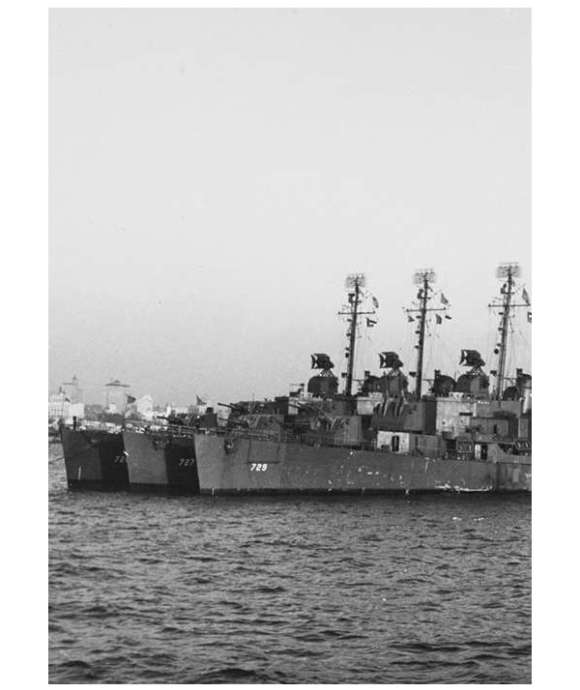
Penetrating Home Waters: Destroyer Sweep of Sagami Nada
An anti-shipping sweep conducted on July 22, 1945 was the first time US Navy ships entered the outer reaches of Tokyo bay since April 1939.
Joshua Schick
Cite this article:
MLA Citation:
APA Citation:
Chicago Style Citation:
